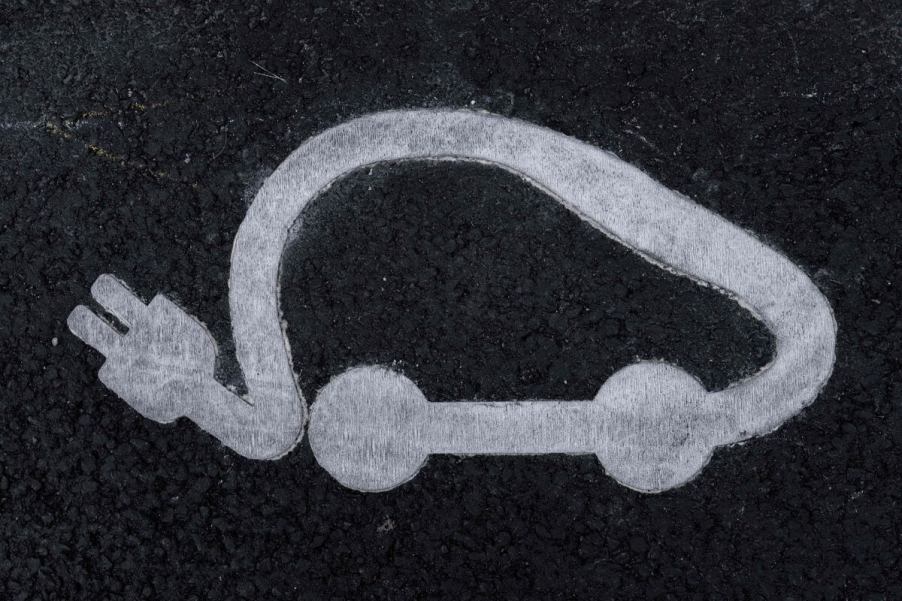
Who Built the First Electric Car?
Electric vehicles (EVs) have seen a surge in popularity in recent years as people have become increasingly concerned about alternative energy solutions and reducing greenhouse gas emissions to protect the environment. We’ve seen substantial advances in the technology behind electric cars in recent years, but the idea of EVs isn’t entirely new. The history of electric vehicles goes back to the early 19th century.
Where did the concept of an electric vehicle originate? Who really built the first electric car? Let’s take a look back at some historic cars to find answers.
The first electric vehicles
Not much is known about the origin of the first electric car, and there are a few reasons for that. For one, they didn’t keep proper records back in the 1800s, which makes it hard to determine who did what. However, there were several inventors whose breakthroughs contributed to the development of the first EVs, according to Car and Driver, including rechargeable batteries and the first hybrid electric vehicles.
Early in the 19th century, inventors like Robert Anderson, Thomas Davenport, and Thomas Parker were experimenting with electric vehicle technology. Still, there were so many experiments and accomplishments that it would be hard to say who or precisely when the very first electric car was created. It’s closer to the truth to say the first EV was a collaborative effort involving several talented inventors and researchers over several decades, according to the Energy government website.
Robert Anderson and his modified electric carriage

While the origins of the first EV are up for debate, several sources credit Scottish inventor Robert Anderson as the inventor of the first electric vehicle. Between 1832 and 1839, in his native Scotland, Anderson exhibited a crude electric carriage he designed using non-rechargeable cells. According to EVBox, Anderson described his creation as a “non-rechargeable electric carriage,” which was impressive but impractical for widespread use. It could travel up to 3 miles at a speed of 4 mph.
The exact timeline of Anderson’s creation is a little murky, but it can’t be disputed that he is one of the key innovators who played a vital role in the early development of EVs. Because of this, many sources give him credit as the inventor of the first EV, which isn’t entirely correct since the contributions of many others also made it possible.
Robert Davidson and his prototype electric locomotive
Another inventor who is often credited for creating early EVs is Robert Davidson. In 1837, the Scottish inventor built a prototype electric locomotive in Scotland. It used a small electric motor with a battery. This functionality was demonstrated at a public railway in Edinburgh.
Davidson’s creation, the “Galvani,” was the first of its kind to be powered by galvanic cells, which were early versions of batteries. The Galvani could carry up to six passengers and had a top speed of 4 mph. Refining his design, his continued development of electric locomotives led to him building the first known electric railway in 1838 in Scotland. Additionally, Davidson later built a larger electric vehicle in 1841 that could travel up to 14 miles per hour.
Davidson’s electric locomotive isn’t considered a true automobile, nor were his other creations like his electric carriage and boat. Still, his designs and his early work on batteries are essential to the timeline of electric vehicle development. His work demonstrated that electric motors could adequately power vehicles. His efforts, along with those of Anderson and many others, helped pave the way for further development in the field and innovative electric cars in the modern automotive market.



